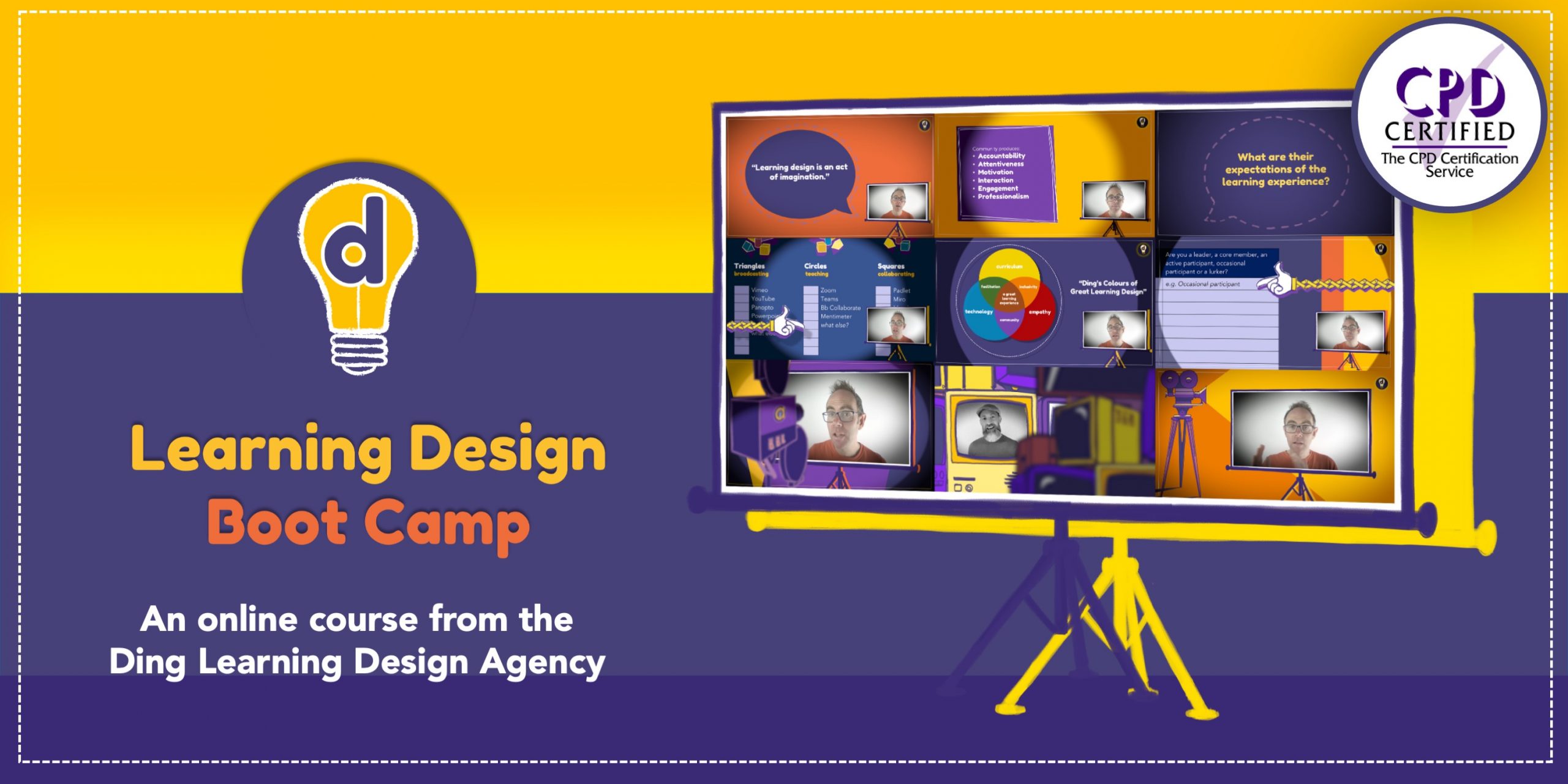Have you ever tried to remember a shopping list? Then you will have experienced cognitive load.
If you can remember three or four items, that’s not bad. Maybe you can remember eight or nine if you’re good at it. You might repeat the the items to yourself as you go along. Then you’re given one item too many – and splat! The list crumbles, and you’re left with random items, half the list at best. You don’t just lose the one item too many, you lose the lot.
We can usefully hold onto this thought when preparing lessons, designing courses and teaching. If your students have reached their limit and you choose to give them more, they’re going to be shedding thoughts and ideas and any coherence they felt before they were overloaded. A discouraging waste of everyone’s time – including your own..
The value of games
You can hold onto considerably more material if you play games with it, as memory champions do. They can, for instance, remember a pack of cards because each card is tagged to something – maybe the 10 of spades to 10 Downing St? – and these images can be linked in a story. But the fact is, we can only remember seven plus or minus two numbers as a general rule and without a strategy – the Magic No. 7.
This was established by George Miller, working at Harvard in the 1950s. He began by asking his students to memorise numbers, and they seemed to get better and better and better at it. Wanting to confirm his findings, that working memory could be expanded, he turned to the alphabet. He found that when he gave the students scrambled letters from the alphabet, they were back to remembering seven plus or minus two items once more. It turned out the students – like memory champions – had created strategies to remember the numbers. For example, one, a runner, was holding the numbers in race scores.
Activate prior knowledge
And this leads to Cognitive Load Theory – what educationalist Dylan Wiliam sees as ‘the single most important thing for teachers to know.’ (http://bit.ly/2kouLOq) Coined by John Sweller (1988), it grows out of Miller’s work on Magic No. 7 and the work of Alan Baddeley and Graham Hitch (1974), recognising that working memory has limited capacity.
SET (Society for Education and Training) Fellow Dan Williams offers a number of ways to use this understanding. The first of these is an old faithful that often gets forgotten: activate prior knowledge. This reduces cognitive load since it engages the long-term memory, which has much greater capacity than working memory. Activating long-term memory will provide hooks onto which new material can be attached, and students will understand more and hold more.
With this in mind, he doesn’t rate discovery learning, which, he says, makes too much demand on working memory. There is insufficient information in long-term memory to support the thinking and learning.
Activate visual and auditory channels
Williams suggests, second, that we activate students’ visual and auditory channels together since this provides ‘two points of entry’ into working memory. In doing so, the burden on working memory is lighter since it is shared. There is a caveat here, however: the material going into auditory and visual memory must be in harmony and fully integrated. If it isn’t corresponding, the burden on working memory will be heavier. The old issue of what goes onto a powerpoint slide really needs to be addressed robustly here.
It’s also important to be mindful of how digital technologies can both increase and decrease cognitive load. When you’re creating digital learning materials, pay close attention to the impact of digital technologies on learners’ cognitive load.
Provide worked examples
Williams’ third point of guidance focuses on the worked example, a step-by-step approach to developing new knowledge, understanding and problem-solving skills. There are, he says, ‘a wealth of studies that have shown the positive impact of using worked examples to enhance learning’ (Chandler and Sweller, 1991).
You might also like:
-
Chandler, P. and Sweller, J. (1991) Cognitive load theory and the format of instruction. Cognition and Instruction, 8(4), 293–332.
-
Sweller, J. (1988) Cognitive load during problem solving: Effects on learning’ in Cognitive Science, 12, 257-285
-
Williams, D. (n.d.) The importance of cognitive load. Society for Education and Training.
- Why a ‘little and often’ approach delivers flexible learning
- Cognitive constructivism in learning design
Thank you to:
- Ray Martin for researching and preparing this article
- Callum Parker and Marcus Ganahl on Unsplash for fabulous photos
Interested in learning design?
Then you might like our Learning Design Bootcamp.
Download the brochure to find out about the activities and assignments, and have a look at some of the course videos
You can also book a call with the Ding team who will answer all your questions!





Trackbacks/Pingbacks